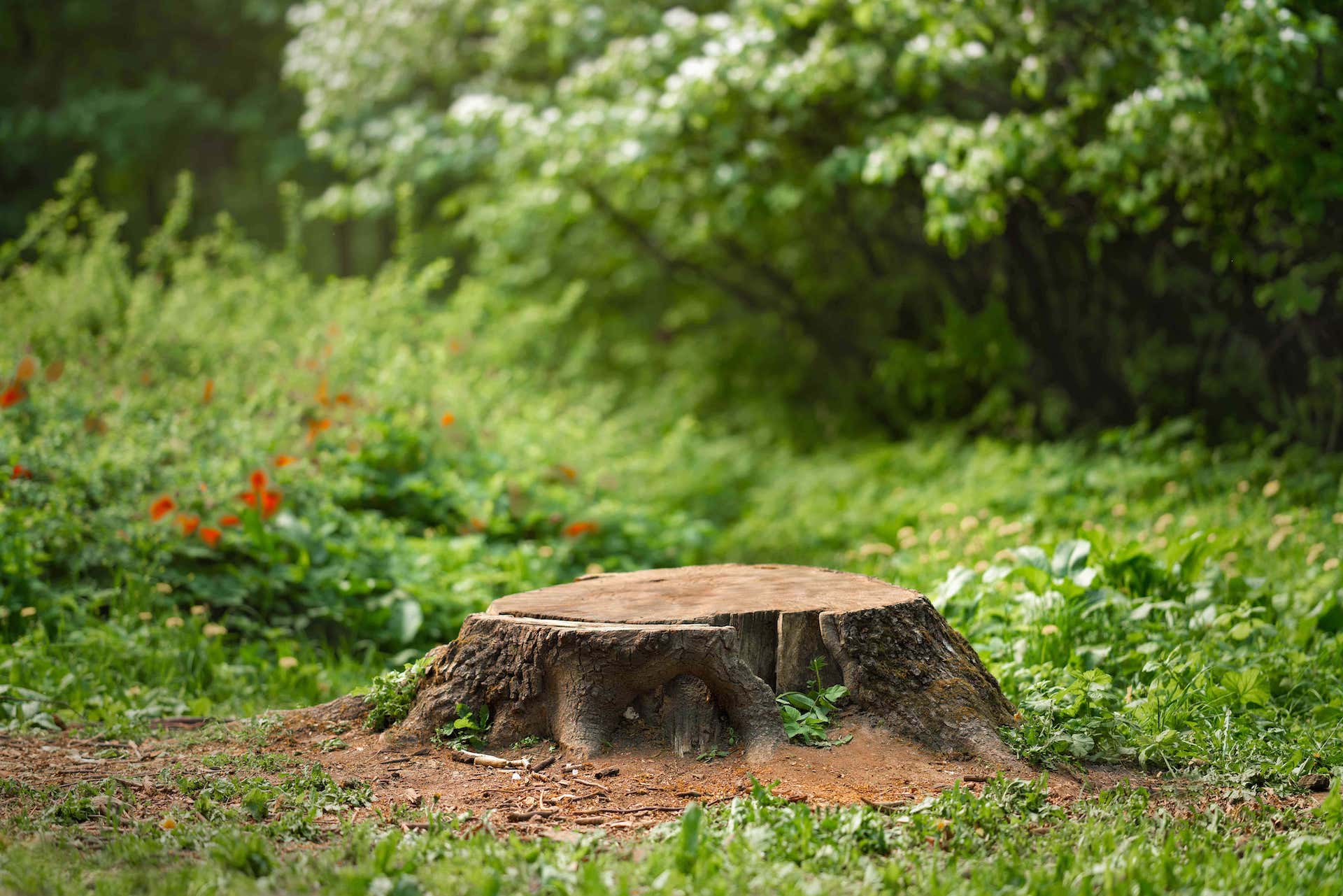
The Science Behind Tree Cabling and Bracing: Strengthening Nature's Giants Oct 31, 2025
The process begins with a simple question: why do trees need cabling and bracing? The answer lies in the complex relationship between the strength of a tree's structure and the external forces it faces. High winds, heavy snowfalls, or even the natural asymmetry of some trees can cause stress points that, if left uncorrected, might lead to breakage. As much as we may admire a tree's natural resolve, the threat of a damaged limb or splitting trunk is an immediate concern for both the tree's health and the safety of nearby people and property.
Cabling involves installing flexible steel cables high in a tree’s canopy. These cables help redistribute the mechanical stress exerted on the tree by external forces. By doing so, cabling reduces the risk of failure in weak branches or limbs that might otherwise split or fall. On the other hand, bracing involves using rods or braces to support weak branches or points of the trunk. This approach is a more permanent solution than cabling, often utilized when a tree has developed significant structural weaknesses.
Understanding the science of tree cabling and bracing is crucial for effective implementation. Deciding when and how to support a tree requires skilled assessment and strategic planning. Certified arborists from companies like TLC Professional Tree Service are well-versed in these techniques, allowing them to tailor solutions specific to each tree's unique condition. This expertise ensures that interventions are neither intrusive nor damaging, preserving the natural balance of the tree’s ecosystem.
One common scenario that necessitates tree cabling and bracing is when a tree displays a codominant stem. This occurs when two or more main stems grow close together and compete for dominance. These configurations often lack the strong union of fibers found in a single main trunk, making them susceptible to splitting. Utilizing cabling and bracing in such instances can prevent potential hazards and prolong the tree's life.
While the benefits of cabling and bracing are clear, it is essential to approach this task with caution and expertise. Wrongly applied, cabling can do more harm than good, restricting a tree's natural growth or even leading to further damage. Thus, it is always recommended to consult with a professional tree service like TLC Professional Tree Service to ensure these techniques are applied successfully.
In conclusion, tree cabling and bracing are not just about securing safety; they are about understanding and respecting the delicate balance of nature. By reinforcing these natural giants, we safeguard not only the trees themselves but also the environments in which they play a critical role. Through skilled intervention, we can ensure that trees continue to offer their indispensable gifts of beauty, shade, and clean air for generations to come.
/filters:no_upscale()/media/3d9c2c69-5eb4-471a-a54a-a4221891f29f.jpg)
/filters:no_upscale()/filters:format(webp)/media/1553eac6-1868-4756-b9c7-d10f3f6a4153.jpeg)